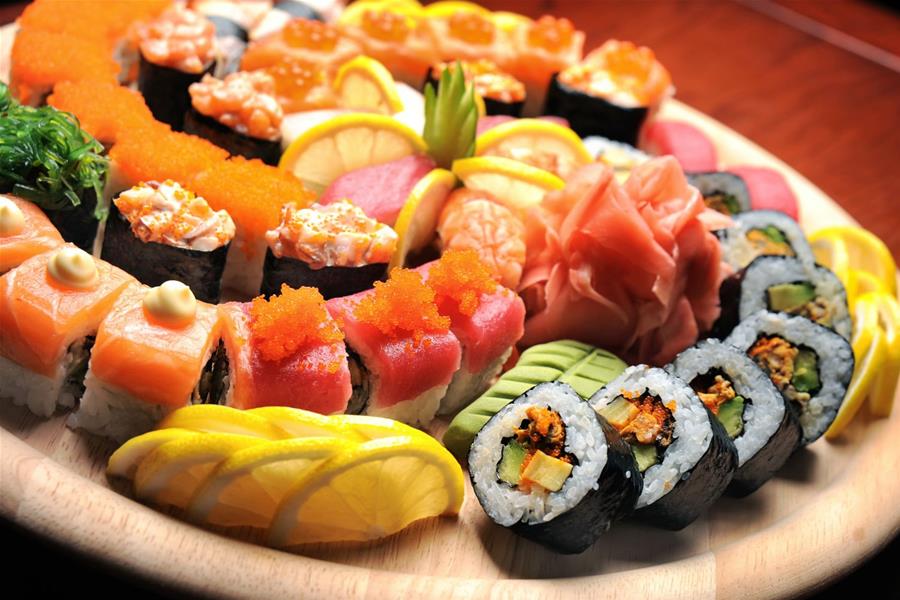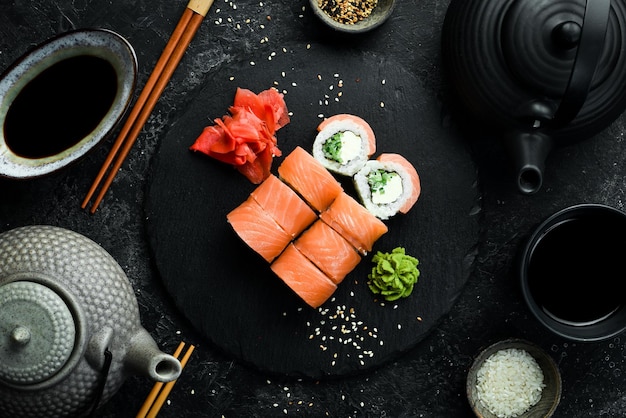The Ultimate Traditional Sushi Rice Recipe: Perfecting the Craft
Written By James Morgan
In the world of culinary arts, mastering a traditional sushi rice recipe is a cherished skill. The foundation of any sushi dish, the perfect sushi rice can elevate even the simplest ingredients, transforming them into a memorable meal. Here, we will explore not only the essential steps to make this cherished Japanese dish but also delve into the nuances and tips that come from years of tradition and practice. Our goal is to provide you with a thorough understanding of how to do justice to this delicate art form.

What You Need to Know Before You Begin
Before diving into the traditional sushi rice recipe, it is crucial to understand the importance of each component. High-quality rice is the backbone of sushi, and choosing the right type is the first step toward achieving perfection. Typically, Japanese short-grain rice is preferred due to its unique texture and stickiness, which are essential for making sushi. It's also vital to have a good understanding of the rice vinegar mixture, which gives sushi rice its distinctive flavor. But its not just about the ingredients the technique, from washing the rice to the final seasoning, plays an equally critical role.

Ingredients Needed for Traditional Sushi Rice
| Ingredients | Quantity |
| Sushi rice (Japanese short-grain rice) | 2 cups |
| Water | 2 1/2 cups |
| Rice vinegar | 1/2 cup |
| Sugar | 1/4 cup |
| Salt | 1 tablespoon |

Essential Cookware
To achieve the best results, you need the right tools. A Rice Cooker makes the process smoother by providing consistent heat, which is crucial for cooking the rice evenly. Additionally, having a Sushi Knife helps in handling and cutting the sushi rolls precisely. A good Cutting Board is also vital for neat and clean cutting. Moreover, using a Strainer can help in properly washing the rice, which is an important step in the preparation process. Finally, a Sushi Making Kit can be a convenient addition for beginners.

Steps to Make the Perfect Sushi Rice
Step 1: Choosing and Washing the Rice
The journey to the perfect sushi rice begins with selecting the right rice. As mentioned earlier, Japanese short-grain rice works best. Before cooking, it is essential to wash the rice thoroughly to remove excess starch, which can otherwise make the rice too sticky. Use a Strainer and wash the rice under cold water, gently rubbing the grains together. Repeat this process until the water runs clear. This washing step usually requires five to seven repetitions but is crucial for achieving the right texture in your sushi rice.
Step 2: Cooking the Rice
After washing, the rice must be cooked to perfection. Using a Rice Cooker is highly recommended for the best results, as it ensures even cooking. Measure the water and rice accurately typically, you will use 2 1/2 cups of water for every 2 cups of rice. Place the rice and water in the cooker, and set it according to the manufacturers instructions. While the rice cooker takes care of the cooking, you can prepare the rice vinegar mixture.
Step 3: Preparing the Vinegar Mixture
The vinegar mixture is what gives sushi rice its signature flavor. Combine 1/2 cup of rice vinegar with 1/4 cup of sugar and 1 tablespoon of salt. Heat the mixture over a low flame, stirring until the sugar and salt dissolve completely. Do not let it boil. Once ready, let the mixture cool to room temperature.
Step 4: Seasoning the Rice
When the rice is done cooking, transfer it to a large Cutting Board or a wooden sushi tub (hangiri, if you have one). Gently spread the rice evenly and slowly pour the vinegar mixture over it. Use a Sushi Knife or a rice paddle to mix it in, using a cutting and folding motion to avoid crushing the rice grains. At this point, it is important to cool the rice quickly to give it the desired texture and sheen. A good trick is to use a fan while mixing to speed up the cooling process.
Tips and Tricks for Perfect Sushi Rice
Creating the perfect traditional sushi rice involves attention to detail and a few insider tips. One important aspect is the ratio of vinegar mixture to rice. Depending on personal preference, you might need to experiment a bit to find the perfect balance. Freshness is also key sushi rice should be used immediately after preparation. If you need to store it, keep it at room temperature and cover it with a damp cloth to retain moisture. Avoid refrigerating the rice as it negatively impacts the texture.
Additional Resources
For a deeper dive into sushi making, you can explore more [sushi recipes](https://www.delish.com/cooking/recipe-ideas/g40785924/sushi-recipes/) that can inspire you to elevate your sushi creations. If you want to pair your sushi with other culinary delights, check out our [Boneless Skinless Chicken Thighs](https://www.grilling4all.com/blogs/recipes/boneless-skinless-chicken-thighs-in-dutch-oven-recipe), and [Squash Casserole](https://www.grilling4all.com/blogs/recipes/how-to-cook-squash-for-squash-casserole) recipes for additional meal options.
Maintaining Your Tools
After enjoying your homemade sushi, it is crucial to take care of your tools to ensure their longevity. Use a Cookware Cleaner for your rice cooker and other cookware to remove any food residues effectively. For your cutting board, regular application of cutting board oil can help maintain its condition, preventing cracks and wear over time. Explore more with our comprehensive [Dutch Oven Recipe](https://www.grilling4all.com/blogs/recipes/boneless-skinless-chicken-thighs-in-dutch-oven-recipe).
As an Amazon Associate, I earn from qualifying purchases.



